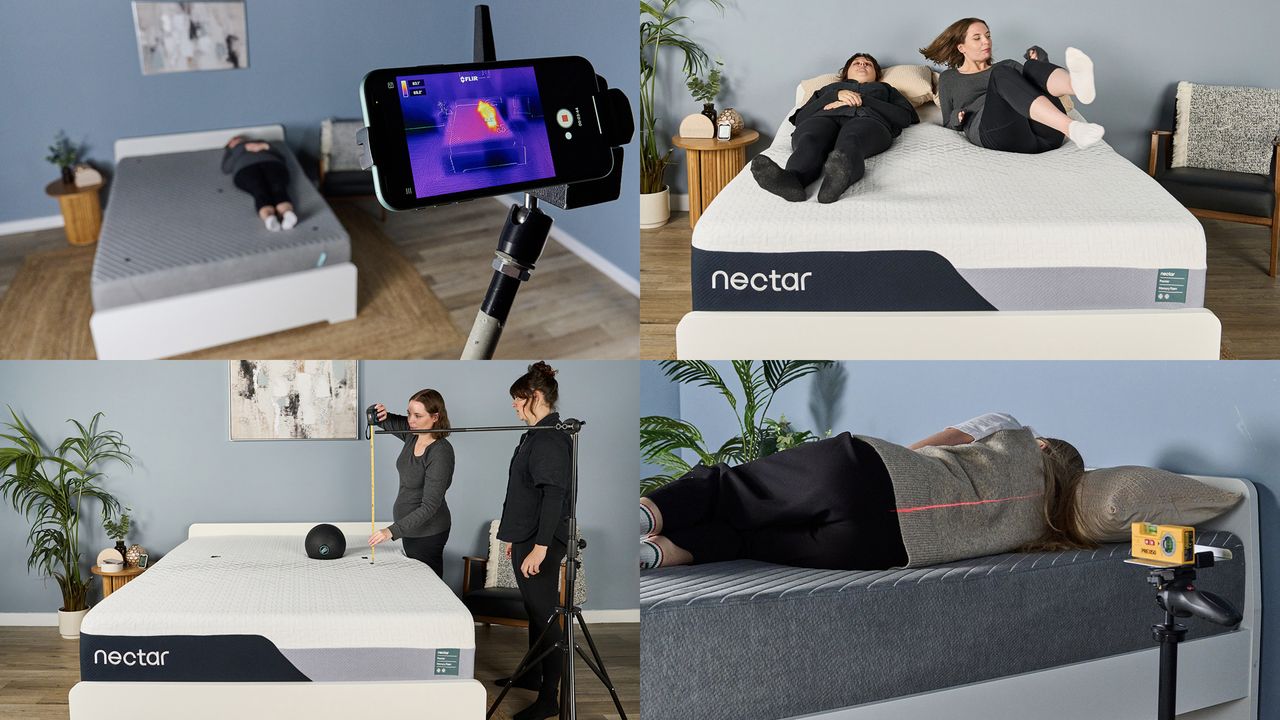
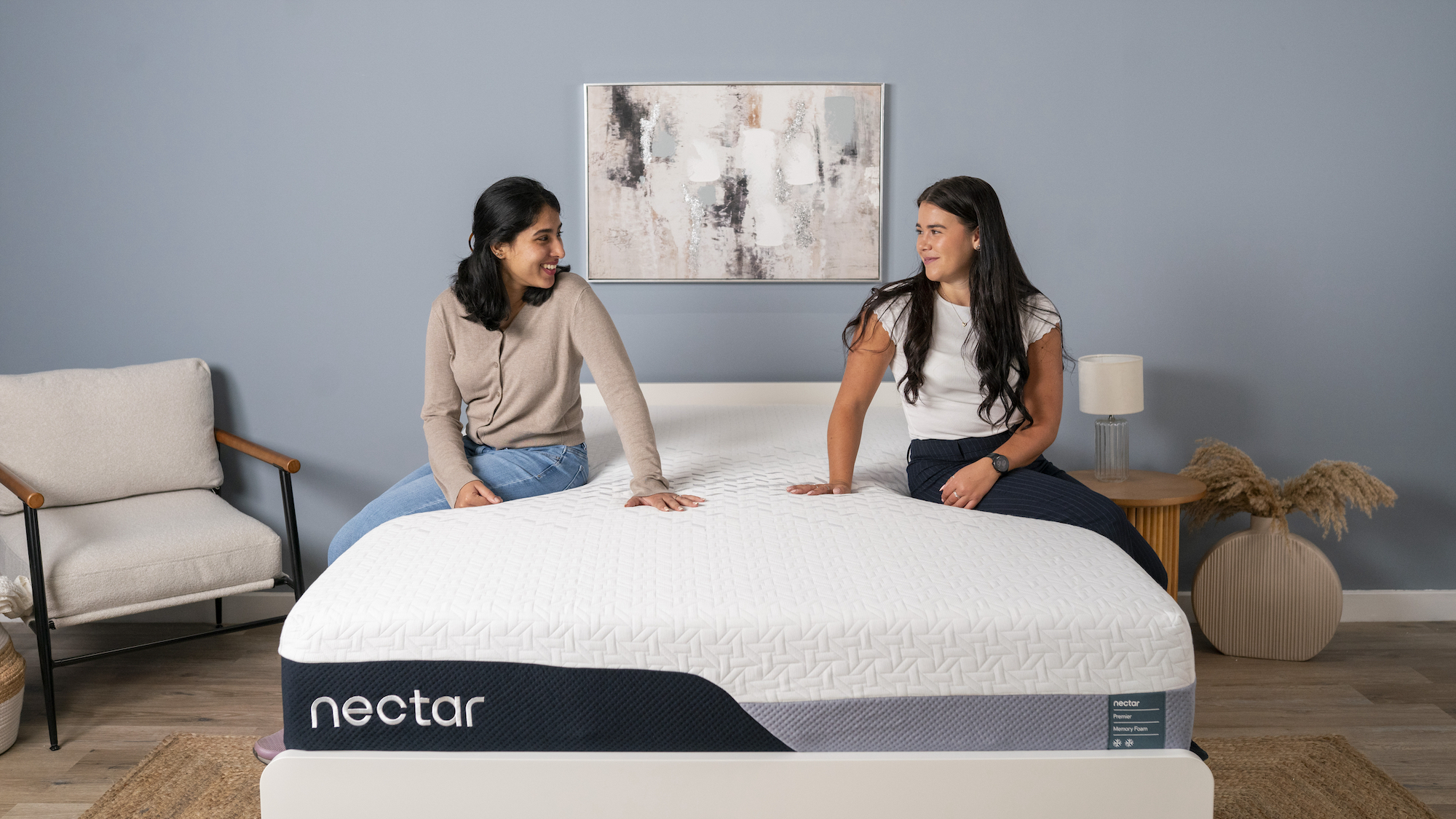
Yes, I think there's an all-foam bed for almost everyone. Find our top picks in our guide to the best memory foam mattresses.
Memory foam mattresses are often though of as soft, squishy, warm — a bit like a marshmallow halfway to becoming a s'more. And that gooey coziness comes with a reputation for certain downsides.
But we've spent the past few weeks rigorously retesting the top five picks in our guide to this year's best mattresses, both at-home and in our Sleep Lab. And as a result, we agree it's time for a memory foam mattress rethink.
Forget the quicksand heat traps. Modern memory foam is a versatile mattress material that can suit all kinds of sleep styles.
Below I'm rounding up common memory foam mattress myths and comparing them to our testing, to see what's the real deal. And if this has you thinking of investing in a new bed, head to our Black Friday mattress deals page for all the latest offers.
Memory foam mattress myths debunked
They trap heat
Memory foam is made up of tiny cells, pressed against each other. This close structure has its benefits (we'll discuss some below) but compact cells can trap warmth, giving memory foam mattresses a reputation for overheating.
The reality: Our thermal imaging cameras showed that while, on average, the memory foam mattresses we tested did sleep warmer than hybrids, memory foam isn't the heat trap it's often thought of.
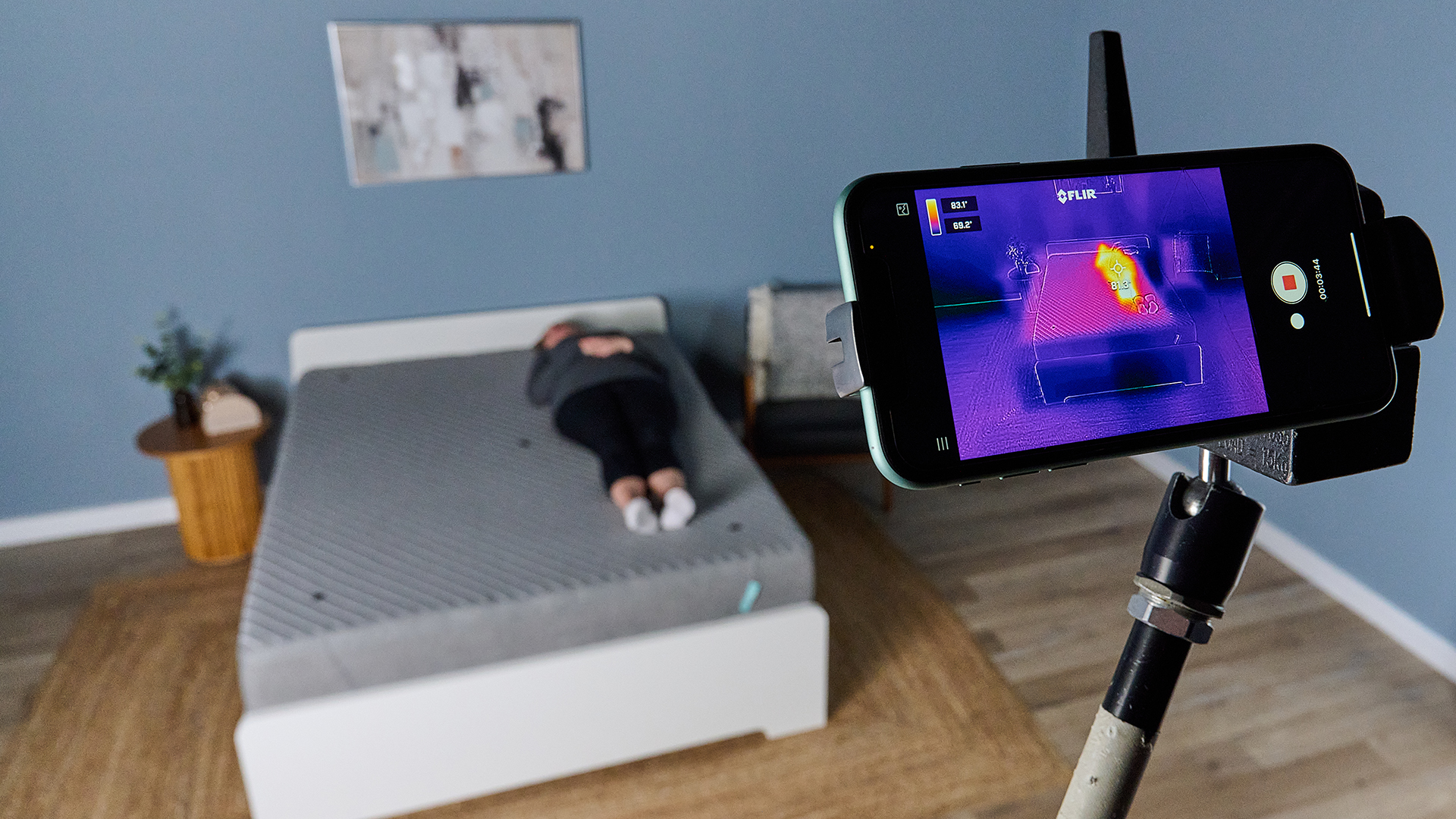
We monitored heat absorption and dissipation over the course of a 30 minute testing period. Both the all-foam Siena Signature and Nectar Premier did warm up roughly an extra 9°F when our tester slept on the bed but once we'd chucked them off, both mattress dropped heat quickly.
So while the best cooling mattresses will often use the enhanced air flow of spring, all-foam beds aren't the sticky, sweaty heat buckets you might think they are.
They're always soft
Memory foam is made from polyurethane, baked and set into a foam. When you apply heat or pressure to memory foam it reacts, creating that signature 'body-hugging' feel. All-foam mattresses pair memory foam with other types of foam, while you'll often find memory foam used in the comfort layers of hybrid beds.
One of the defining features of memory foam is its response to heat and pressure — when you lie on it, it yields to your shape. This 'hug' is thanks to those tiny cells (remember them?) and is often associated with a soft feel.
The reality: Memory foam beds come in every stop of the mattress firmness scale, something exemplified by our Siena Signature mattress review.
We placed a 25kg weight on the Siena Signature and it sank, on average, just 3.635 inches. That's the least compression of any of our top 5 mattresses, indicating a firm feel.
I've slept on both the Siena and Nectar and can confirm while the memory foam does contour to your body, there's no quicksand sinkage. In fact, I consider the Siena among the best mattresses for stomach sleepers — a sleep position that traditionally benefits from a firm bed.
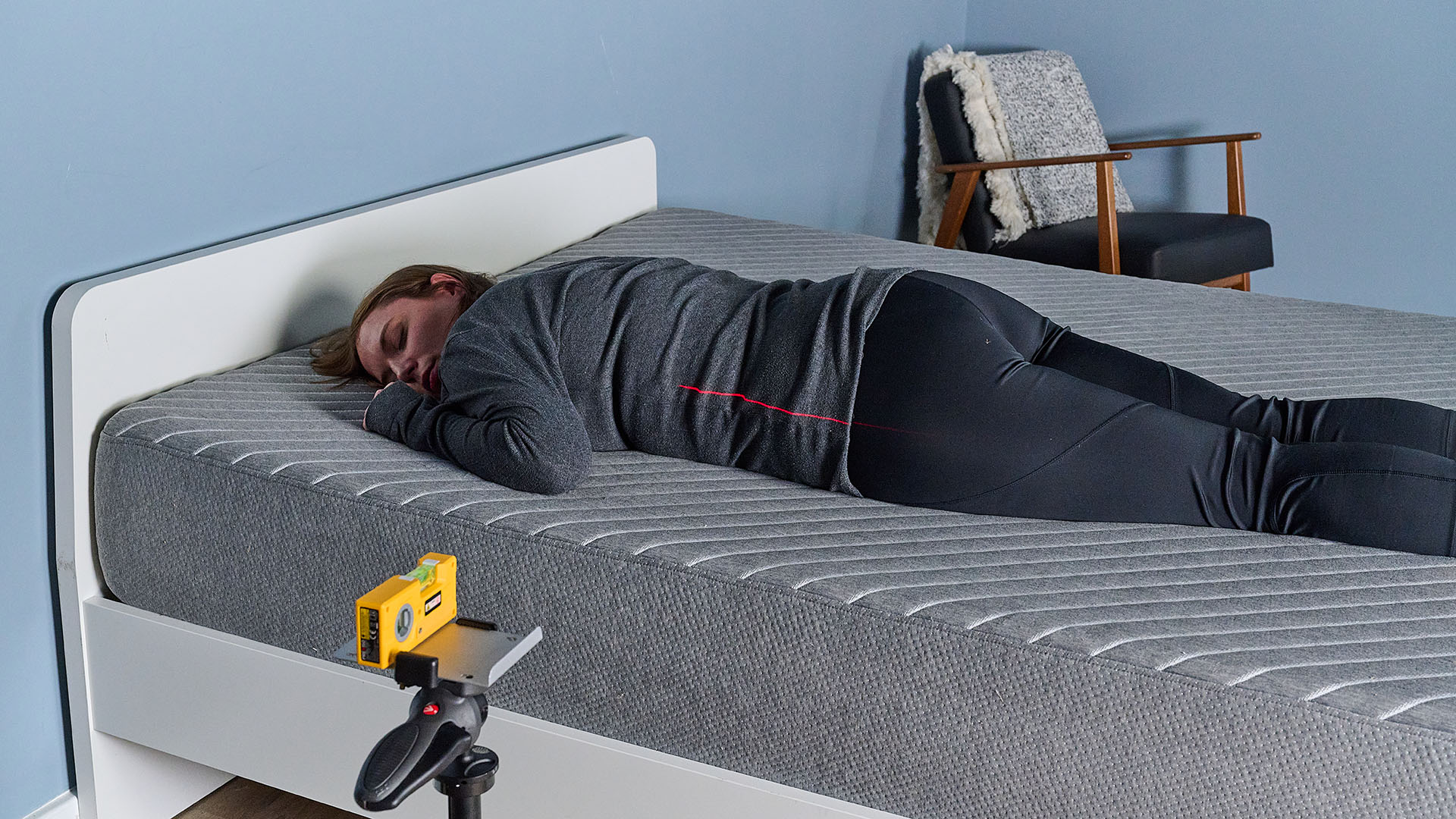
Of course, you can still get soft all-foam beds. I recommend the Zinus Green Tea Memory Foam if you want a mattress that feels like a bear hug.
They're weak at the edges
Edge support refers to how strong a mattress is at the perimeter — can it hold you up or are you sliding off? Memory foam, notable for yielding under pressure, is traditionally weak in this area.
The reality: The Siena Signature mattress blew this myth out of the water during our lab testing. We placed a 25kg weight at the foot and side of the mattress and not only did it rest easily, it hardly sank into the foams.
And I can attest to the strong edges. I'm sleeping on the Siena Signature right now (...not literally) and when I sit on the side of the mattress in the morning to put my slippers on, I feel completely secure.

Overall, the best hybrid mattresses do typically have better edge support than all-foam beds, as hybrids can use reinforced springs and foam railings to enhance strength at the perimeter.
But opting for a memory foam mattress doesn't have to mean sacrificing edge support. In our Nectar Premier Memory Foam Mattress review we noted that even this softer foam bed is strong at the sides. That's good news for my mom — it's the one feature she always looks for in a mattress.
They're great if you share with a restless co-sleeper
Memory foam is known for its motion isolation, an ability to absorb movement so it doesn't disturb another person in the bed. This is thanks to the cell structure, as each cell dampens vibrations until the bed isn't moving at all.
The reality: Yep, this one's true. We use a slam ball and accelerometer to measure motion isolation, dropping the 5kg weight on one side of the mattress and measuring the force on the other.
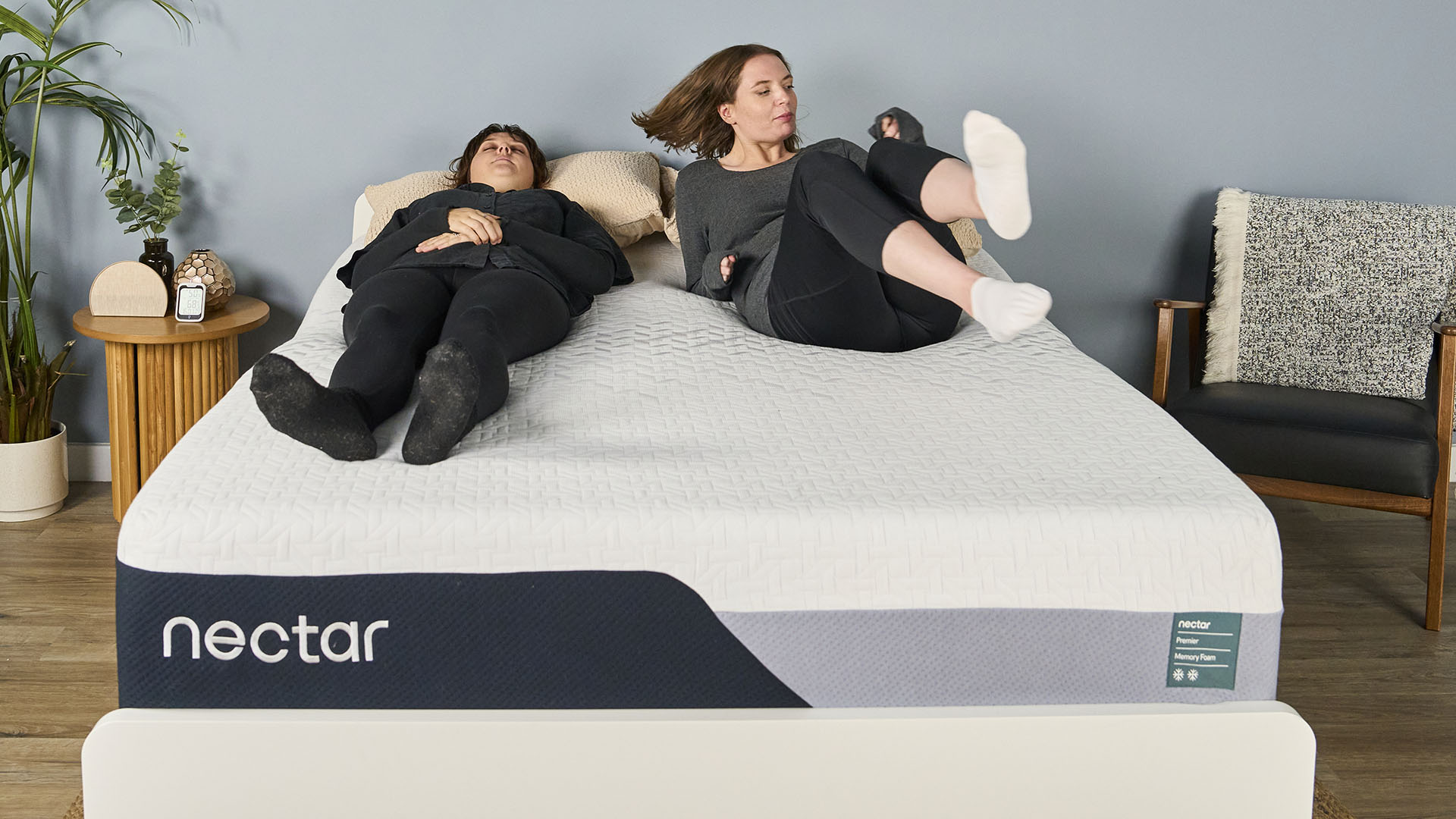
Our accelerometer showed memory foam mattresses could quickly and effectively absorb movement, a skill backed up by our hands-on testing.
This doesn't mean hybrid mattresses can't have good motion isolation but the addition of coils gives them an inherent bounciness. Our testers could feel the springs jiggle on every mattress we tested.
So if you share with a partner who can't stop tossing and turning, we recommend choosing memory foam.

Follow Tom's Guide on Google News and add us as a preferred source to get our up-to-date news, analysis, and reviews in your feeds.







